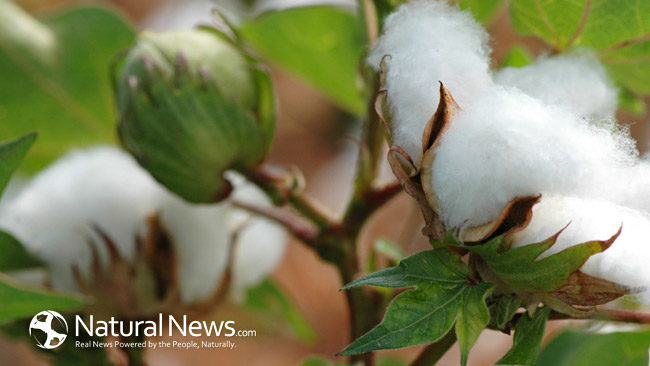Did you know that cotton is considered one of the world’s dirtiest crops? Why you ask?
90% of tampon made with conventional cotton contain materials and chemicals that are potentially harmful to a women’s health (Cora, 2016).
The typical tampon can made with:
Conventional (non-organic) cotton is considered one of the world’s dirtiest crops due to heavy usage of pesticides and is gm.
Undisclosed ingredients
Viscose Rayon, that is synthetic, highly chemically processed, and bleached.
Synthetic fibers left behind can cause irritation, which could lead to endometriosis and chronic inflammation and infertility (Cora,2016).
Could the cotton women use every month be causing us harm?
Did you know?
Women typically use 10,000-16,000 tampons throughout their lifetime?
We are estimated to spend nearly $5,000 on average to manage their period throughout their life.
The feminine hygiene market in the U.S makes around $5.2 billion dollars annually.
“The FDA does not require tampon manufacturers to conduct studies on or disclose the ingredients in their products.”
Then again how would you know about the safety of tampons or their ingredients when you search for information about tampons you only get information from the leading brands that sell them.
This typically isn’t a headline broadcasted over breakfast unless you are the lucky one with the “never know when visitor”, however it is an important topic that needs to be addressed.
“Yet, over half of the world’s population menstruates for roughly 40 years (Cora, 2016).”
One of the common risk factors of tampons is the risk of TSS (toxic Shock Syndrome).
Toxic Shock Syndrome has been known to be a risk factor of wearing tampons. You can reduce the risks of TSS by:
Avoiding high absorbency tampons
Changing Tampons Frequently
Only using tampons occasionally during menstruation (Medline, 2016).
Toxic Shock Syndrome is a life-threatening, rare complication from certain types of bacterial infections. Often Toxic Shock Syndrome is a result from toxins produced by Staphylococcus aureus bacteria. TSS can also be caused by toxins produced by group A streptococcus bacteria (MayoClinic, 2016). It is important to get diagnosed and follow treatment because Toxic Shock Syndrome can be deadly in up to 50% of cases. TSS can also return in some cases as well as in those who are not treated properly (Medline, 2016).
The world’s most thoughtfully designed way to manage your period. – Cora
Together in Health,
Uriia Underhill, B.Sc.
Health & Wellness Scientist
LinkedIn | Twitter | Instagram
References:
Cora, (2016) Fact Sheet, Retrieved from https://www.dropbox.com/sh/26gt7acedq6cfxv/AABx6_nhOahd8IDsvkgOqn9va/ABOUT%20CORA/Cora_Fact%20Sheet.pdf?dl=0
Cubie, D., (2006) National Wildlife, Cotton and Pesticides, Pick your Cotton, Retrieved from https://www.nwf.org/News-and-Magazines/National-Wildlife/Green-Living/Archives/2006/Cotton-and-Pesticides.aspx
Mayo (2016) Diseases and Conditions, Toxic Shock Syndrome, Retrieved from http://www.mayoclinic.org/diseases-conditions/toxic-shock-syndrome/basics/definition/con-20021326
Medline, (2016) Toxic Shock Syndrome, Retrieved From https://www.nlm.nih.gov/medlineplus/ency/article/000653.htm





